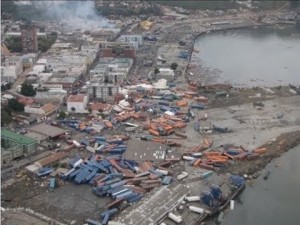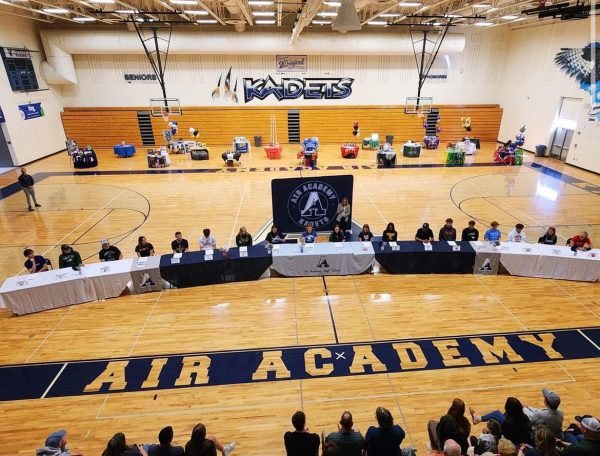Earthquake Strikes Off the Coast of Chile

 On April 1, 2014, an 8.2 magnitude earthquake rattled northern parts of Chile, Peru, and Bolivia. The massive quake’s epicenter was roughly 60 miles off the coast of Iquique, a city located in northern Chile. The earthquake triggered a tsunami roughly 7 feet high. The earthquake and tsunami killed six people, destroyed 2,500 homes as well as damaged over 8,000 structures, and left hundreds injured. The president of Chile, Michelle Bachelet, declared states of emergency in many northern regions of Chile. The southern coast of Peru was also affected by the tsunami caused by the earthquake. In the days following the 8.2 magnitude earthquake, many aftershocks shook parts of Chile and caused smaller tsunamis. The largest aftershock measured to be a 6.2 magnitude, and occured only minutes after the initial earthquake.
On April 1, 2014, an 8.2 magnitude earthquake rattled northern parts of Chile, Peru, and Bolivia. The massive quake’s epicenter was roughly 60 miles off the coast of Iquique, a city located in northern Chile. The earthquake triggered a tsunami roughly 7 feet high. The earthquake and tsunami killed six people, destroyed 2,500 homes as well as damaged over 8,000 structures, and left hundreds injured. The president of Chile, Michelle Bachelet, declared states of emergency in many northern regions of Chile. The southern coast of Peru was also affected by the tsunami caused by the earthquake. In the days following the 8.2 magnitude earthquake, many aftershocks shook parts of Chile and caused smaller tsunamis. The largest aftershock measured to be a 6.2 magnitude, and occured only minutes after the initial earthquake.
After the main earthquake, many islands were on tsunami warning. Islands as far away as Hawaii were on standby in case a wave hit their island. Many islands in the southern Pacific were ordered to have evacuations and move people to higher ground. Japan was put on a Tsunami Advisory, meaning that waves would be expected to be much higher than normal. Pisagua, Chile, was hit by the largest tsunami, measuring 2.4 meters in height, or 7.9 feet. Costas Synolakis, who directs the Tsunami Research Center at the University of Southern California, said, “Mostly, it is luck that the tsunami was not bigger and that it hit a fairly isolated area of Chile.”
Roughly 900,000 residents of Iquique and Arica were evacuated for 10 hours from their homes. Word of the earthquake spread quickly due to regularly practiced neighborhood evacuations.
The earthquake damaged one prison, allowing over 200 inmates to escape. Chile deployed Special Forces and riot police in an attempt to stop those prisoners as well as thieves from robbing homes damaged by the earthquake. One of Michelle Bachelet’s major focuses for right now is to stop thieves from looting damaged property.
Damages are estimated to be around $100 million US dollars, but that cost continues to increase as people shift among the wreckage. The earthquake also triggered 2+ landslides, not injuring anyone, but damaging infrastructure and cutting power to nearby cities.
The earthquake did not affect Chile’s capital city, Santiago, however, they were placed on tsunami advisory by the USGS.
The Iquique Earthquake has measured to be one of the largest earthquakes in this century and caused lots of destrcuction in northern parts of Chile. Additionally, other countries reported damage to infrastrucure. Chile’s strict building codes helped save many structures from additional damage. Chile continues to help residents in the area’s affected by the earthquake by providing clean water, food, and disaster relief shelters. Although this isn’t the largest earthquake that Chile has experienced, it devestated residents, but they are working hard to rebuild their lives from the ground up.
Sources:
http://abcnews.go.com/International/wireStory/magnitude-80-quake-strikes-northern-chile-23151765
http://www.theguardian.com/world/2014/apr/02/tsunami-warning-for-chile-sparks-evacuation-live-updates#block-533b7fe6e4b01f464063dec0
http://www.bbc.com/news/world-latin-america-26846984
http://earthquake-report.com/2014/04/01/massive-earthquake-offshore-tarapaca-chile-on-april-1-2014/












